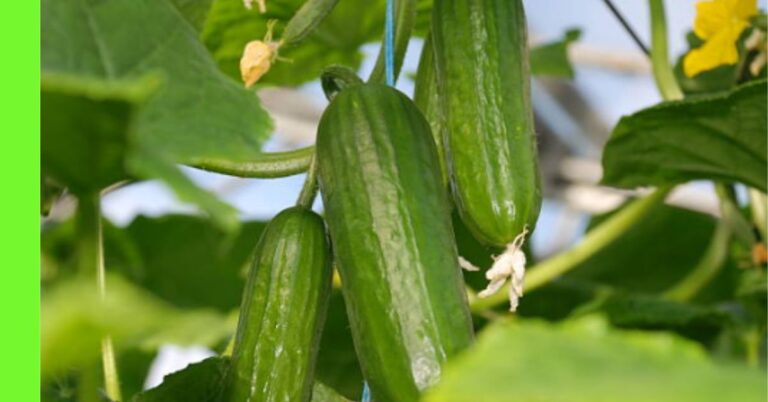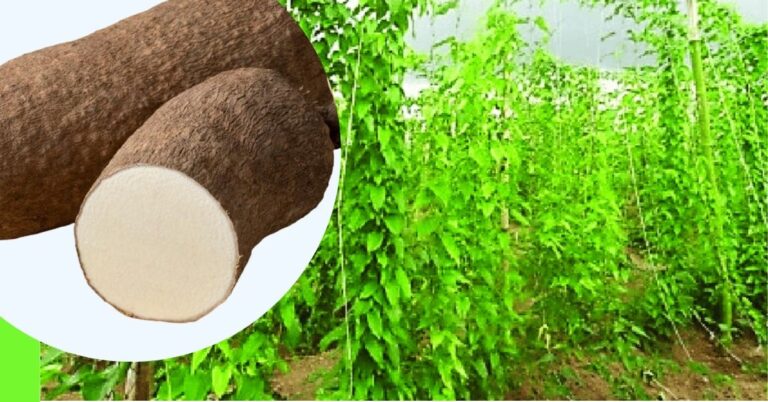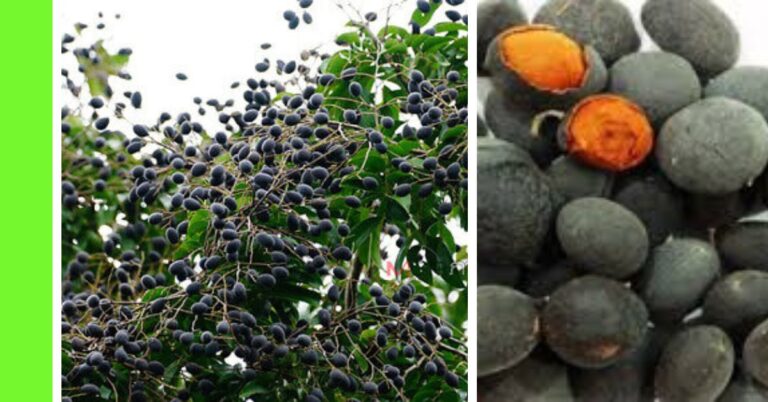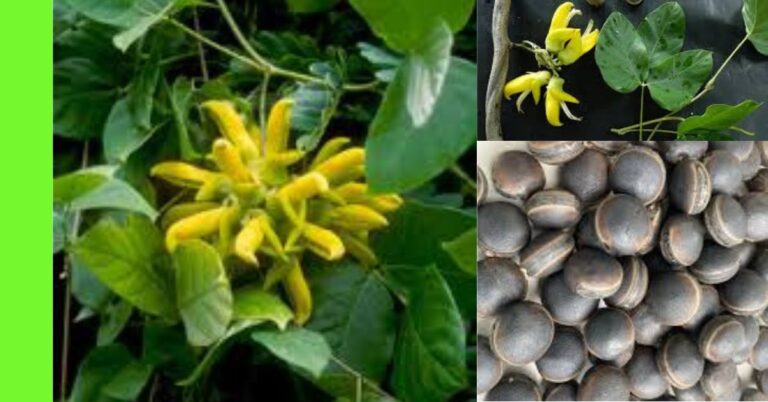How to Plant Jackfruit in Nigeria
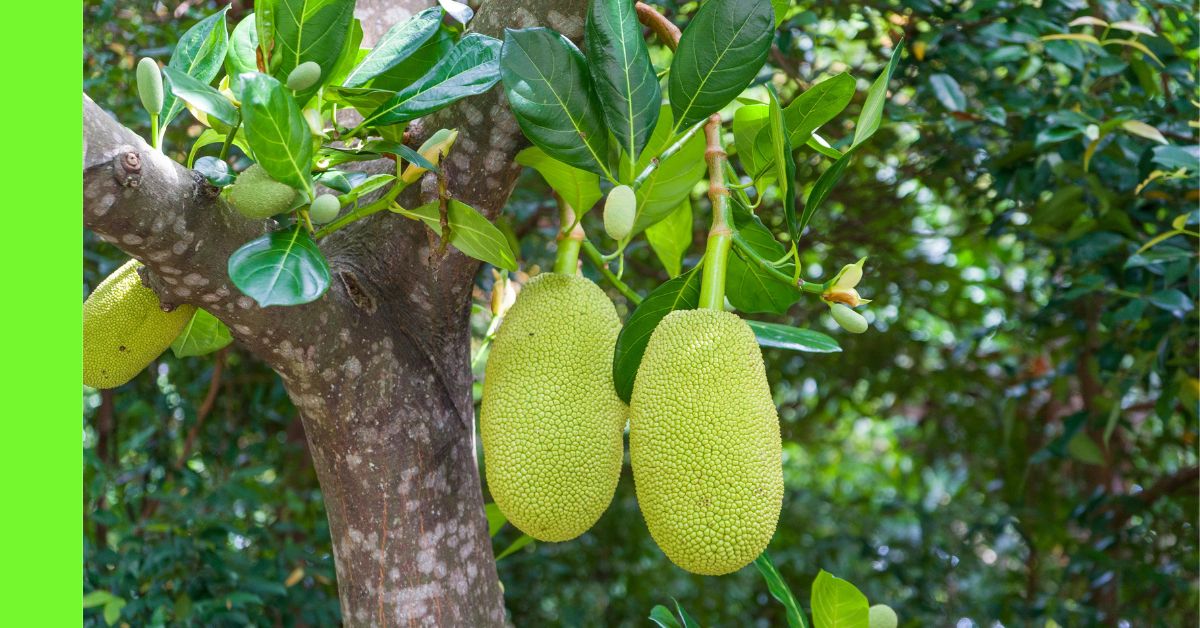
Jackfruit (Artocarpus heterophyllus) is one of the largest and most distinctive tropical fruits in the world, known for its massive size, spiky green skin, and sweet, fragrant flesh.
Native to South and Southeast Asia, jackfruit has gained popularity in many parts of the world, including Nigeria, due to its nutritional value, versatility, and economic potential.
Rich in vitamins, fibre, and antioxidants, the fruit can be eaten ripe or unripe, used in a variety of dishes, or processed into chips, jam, and even meat substitutes.
With Nigeria’s warm tropical climate and abundant rainfall in many regions, the country provides a suitable environment for cultivating jackfruit.
The tree is relatively hardy, drought-tolerant once established, and can thrive with minimal care if planted correctly.
For farmers and home gardeners seeking to diversify their crops or grow high-value fruit trees, jackfruit offers a promising opportunity.
This article provides a step-by-step guide on how to successfully plant and grow jackfruit in Nigeria.
From choosing the right location and preparing the land, to planting, caring for the tree, and eventually harvesting its enormous, flavorful fruits.
Whether you’re planting a small backyard tree or starting a commercial farm, the information here will help you get started the right way.
Description of the Jackfruit Plant
It is part of the Moraceae family, which includes breadfruit and fig trees.
The tree has large, glossy green leaves and can grow up to 15-20 meters tall.
Jackfruit is widely appreciated for its sweet, fibrous, yellow flesh and seeds, both of which are edible.
In Nigeria, it is commonly found in the southern and middle belt regions.
Planting Season for Jackfruit in Nigeria
The ideal time to plant jackfruit in Nigeria is during the early rainy season (March to May).
Young seedlings require plenty of water to establish, and natural rainfall supports healthy early growth.
Planting Jackfruit
Step 1: Choose a Location
Select a location with:
- Full sunlight exposure (minimum 6 hours/day)
- Deep, well-drained sandy-loam or loamy soil
- Soil pH of 6.0-6.5
- Ample space – jackfruit trees need room to grow due to their large canopy
Avoid planting in flood-prone or waterlogged areas.
Step 2: Land Clearing and Preparation
- Clear all weeds, shrubs, and tree stumps.
- Dig large holes at least 60-75 cm deep and 60 cm wide.
- Spacing: 8-10 meters between trees in a farm setup.
Step 3: Means of Propagation
Jackfruit is usually propagated by:
- Seeds – common and easy, but may result in variable fruit quality
- Grafting/Budding – ensures uniform, high-quality fruit and earlier maturity
Step 4: How to Plant Jackfruit from Seed
To grow jackfruit from seed:
- Remove seeds from a ripe jackfruit and wash off the pulp.
- Allow them to air-dry for a few hours (not days, as seeds lose viability quickly).
- Sow seeds directly into nursery bags or trays within 1-2 days.
- Germination takes 10-15 days.
- Transplant seedlings to the field when they reach 30-40 cm in height (about 3-4 months old).
Step 5: Watering
- Water regularly during the first year (2–3 times a week).
- Mature trees are drought-tolerant but benefit from watering during dry periods and fruit formation.
- Avoid overwatering; ensure good drainage.
Step 6: Apply Manure
- At planting, mix well-rotted manure or compost into each hole.
- After establishment, apply fertiliser biannually.
- Topdress with organic mulch to retain soil moisture and improve fertility.
Maturity and Harvest
- Seed-grown jackfruit trees take 3-5 years to bear fruit, while grafted trees may begin fruiting within 2-3 years.
- Fruits are ready for harvest about 5-7 months after flowering.
- Mature fruits emit a strong fruity aroma and produce a dull, hollow sound when tapped.
Harvest with a sharp knife and gloves (due to the sticky latex).
Pests and Diseases
Common Pests:
- Fruit borers
- Jackfruit shoot and fruit fly
- Aphids
- Mealybugs
Common Diseases:
- Rhizopus rot (post-harvest)
- Dieback
- Anthracnose
- Bacterial wilt
Pest and Disease Control
Management Practices:
- Use disease-free planting material.
- Prune lower branches to improve air circulation.
- Remove and destroy infected fruits and branches.
- Apply neem oil or insecticidal soap to control aphids and mealybugs.
- Use sticky traps or fruit bagging to protect developing fruits from borers and flies.
- Apply fungicides for anthracnose.
Keeping the area weed-free and avoiding overcrowding also reduces disease incidence.
Hope this article was helpful.



